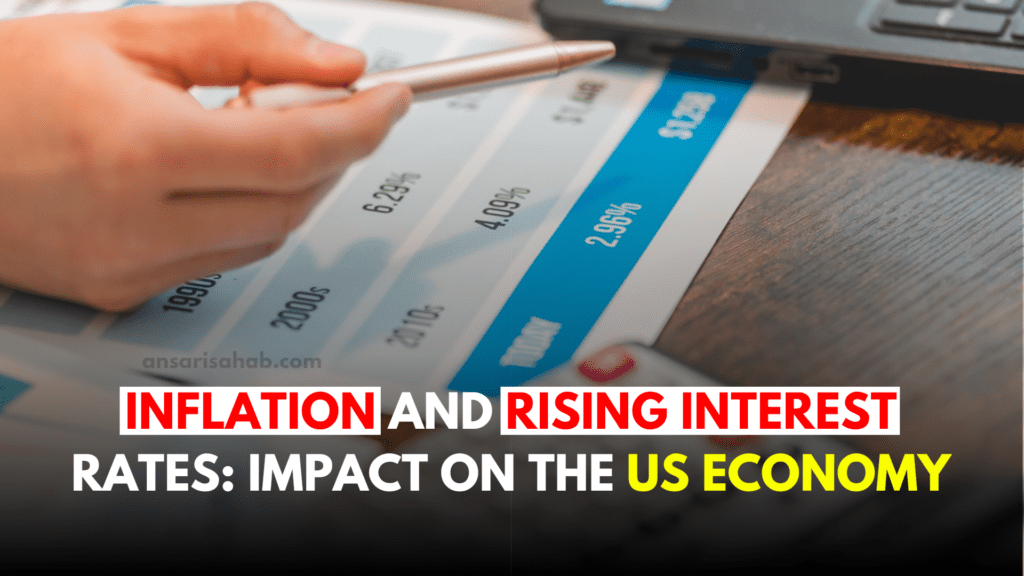Why “Top Performing Shares in NSE 2025” matters right now
If you’ve felt like the market’s been handing out rockets with every breakout, you’re not imagining it. 2025 has been a year where domestic liquidity, policy support, and index rebalancing turned select stocks into trendsetters. Financials, energy/telecom heavyweights, a resurgent IT pack, and chosen mid/small-cap compounders have steered the tape—helped by a stream of positive macro catalysts and index moves that kept money rotating into leaders.
Below, you’ll find a practical, investor-first guide to:
- which sectors produced the top performing shares in NSE 2025,
- the drivers that made them run, and
- how to build positions without chasing froth.
Note: Leaders evolve. Use the watchlists and checklists here as a living playbook to keep your page and portfolio fresh.
Nifty 50 leaders—where the heavyweights pulled ahead
Financials: private banks & insurers set the tone
Private banks reclaimed narrative leadership as profitability normalized and credit growth stayed healthy. Insurance stocks also surged on expectations of favorable tax treatment for health/life premiums—an incremental demand unlock that supported the broader financials index.
What to track next
- Loan growth vs. NIM stability through FY26
- Insurance premium trends if policy relief sustains
- Provisioning and asset-quality commentary in quarterly calls
Energy & Telecom: cash-flow compounders
Energy and telecom bellwethers drove sizeable chunks of large-cap gains thanks to operating leverage and capex cycles pointing to durable cash flows. Telcos benefitted from steady ARPU uplift and 5G/enterprise revenue optionality, while integrated energy names enjoyed index flows and earnings upgrades.
What to track next
- Capex payback windows, refinery/petchem spreads, gas pricing
- ARPU trajectories, enterprise services uptake, fixed-wireless rollouts
IT (select names): from caution to quiet comeback
Even with global uncertainty, green shoots in large-cap IT (deal intake, efficiency) pushed the group from “defensive” to “selective accumulation.” While not every IT stock outperformed, tier-1 leaders helped the index hold ground as investors rotated between cyclicals and defensives.
What to track next
- Large deal TCV and book-to-bill
- Margin guidance vs. onsite/offshore mix
- USD revenue growth resilience into CY25-26
Index changes that turbocharge flows
Semi-annual index rebalancing often creates fresh inflows into rising stars and outflows from laggards. In 2025, forthcoming changes to the Nifty 50 captured strong performers in healthcare and aviation, underscoring the “winners keep winning” effect that momentum investors love to ride. Allocation changes also shine a light on themes the market is willing to fund for multiple quarters.
What to track next
- Passive/ETF flow estimates at effective dates
- Impact on ADTV (average daily traded value)
- Relative strength vs. sector peers post-inclusion
Mid & small caps—alpha minefields that rewarded discipline
Beyond the Nifty 50, mid and small caps delivered outsized moves where earnings compounding met liquidity. The Nifty Smallcap and Midcap cohorts benefited from broadening market participation and sector-specific catalysts (defence/railways earlier, building products, specialty chemicals, select lenders later). Leadership in these baskets tends to rotate quickly, so a disciplined screen—earnings quality, ROCE, and cash conversion—was the edge.
What to track next
- Earnings upgrades vs. price moves (avoid P/E expansion without EPS support)
- Promoter pledges, working capital stretch, and credit discipline
- Capacity expansion translating into utilization and margins, not just news flow
A practical watchlist framework (by theme)
Use this framework to identify top performing shares in NSE 2025 and to keep spotting the next ones.
1) Financial Engines
- Private banks: steady loan growth, tech-driven efficiency, capital strength
- Insurance: premium growth tailwind; monitor solvency and expense ratios
- NBFCs (quality): AUM growth + liability diversification, no asset-quality cracks
2) Energy & Mobility
- Integrated energy: downstream/petchem utilization, upstream price sensitivity
- O&G marketing/transmission: volume growth, regulatory clarity
- Aviation: load factors, yields, fleet expansion cadence (index additions help visibility)
3) Telecom & Digital Infrastructure
- ARPU laddering from premium packs, data growth, enterprise services
- Capex digestion → FCF inflection → deleveraging/dividends
4) IT & Tech Services (select)
- Deal pipeline resilience in cost-takeout + AI-adjacent services
- Utilization & pricing holding up, currency tailwinds managed prudently
5) Industrials & Capital Goods
- Order books + execution, margin stability through input cycles, export mix
6) Consumer & Discretionary
- Premiumization where demand is sticky; operating leverage into festive seasons
Data cues that most “true” leaders share
1) Higher-highs, higher-lows on weekly charts
Sustained structure trumps one-day spikes.
2) Earnings momentum
Consensus FY26–FY27 EPS upgrades accompany price breakouts.
3) Volume confirmation
ADTV rises as institutions add exposure—common around index events.
4) Clean cash flow
Leaders turn profits into cash; watch CFO/EBITDA, not just topline growth.
5) Governance & capital allocation
Buybacks/dividends when sensible; calibrated capex, limited diworsification.
Model portfolio idea—how to build positions without chasing
For education only, not investment advice.
- Core (40–50%): Nifty 50 leaders across financials + energy/telecom, with position sizes reflecting market cap/liquidity. Large caps anchor volatility.
- Selective Beta (25–35%): Quality mid caps with earnings acceleration and balance-sheet discipline (prefer leaders in building products, industrials, specialty chemicals, or logistics where order books and pricing power are visible).
- Tactical (10–20%): Event-driven candidates around index changes or policy catalysts; scale in/out on confirmation.
- Cash/hedges (5–10%): Dry powder for pullbacks; optionally manage risk through index ETFs/hedges during macro headlines.
Risk guardrails
- Cap single-stock exposure; rebalance monthly.
- Use stop-loss discipline below prior swing lows if trading momentum.
- Re-check the thesis on two consecutive weak quarters—leaders can quickly become laggards when EPS stalls.
How to evaluate if a 2025 winner can keep winning
- Earnings leadership: Is EPS growth outpacing sector peers by >300–500 bps?
- Moat & pricing power: Are margins rising without promotional gimmicks?
- Balance sheet: Net debt/EBITDA trending down, or comfortably low?
- Management playbook: Capital allocation aligned with shareholders?
- Flow of funds: Are DIIs/FPIs increasing positions, or is it purely retail froth?
- Catalysts pipeline: Product launches, policy triggers, index events, M&A synergies.
What could derail leaders in 2025–26 (and how to protect)
- Policy shifts that change unit economics for a sector (taxes, tariffs, compliance).
- Global risk-off events (rates, geopolitics) that compress multiples.
- Earnings disappointments after a strong run; watch guidance and order intake closely.
- Crowded trades in mid/small caps where liquidity thins on bad news.
Protection playbook
- Stagger entries; prefer buying pullbacks into support over chasing breakouts.
- Size positions by liquidity; scale down if ADTV falls.
- Use a rules-based exit when earnings momentum breaks (e.g., downgrade streaks, margin slippage, or guidance cuts).
Conclusion: Turn 2025’s momentum into a durable plan
The top performing shares in NSE 2025 have clustered around clear narratives—financial deepening, cash-flow compounding in energy/telecom, a selective IT recovery, and mid/small-cap earnings accelerators. Use the frameworks above to separate durable leadership from one-day wonders: insist on EPS upgrades, cash discipline, and governance. Then build positions patiently, with a risk plan you can execute on a volatile day.
Frequently Asked Questions
A: Typically YTD total return leadership among NSE-listed stocks (Nifty 50, Next 50, Mid/Smallcap indices). We also consider sustainability—earnings upgrades, strong cash flows, and clean balance sheets.
A: Financials (private banks, insurers), energy/telecom bellwethers, selective IT, and chosen industrial/mid-cap names. Index rebalances amplified flows into winners.
A: Yes—selectively. Focus on earnings quality, ROCE, and cash conversion. Avoid pure P/E re-ratings without EPS support.
A: Weekly is optimal. Update YTD returns, review quarterly results, and track flows around index changes and sector news.
A: Pre-define entry zones (near prior demand areas), size positions modestly, and scale up only after earnings validate price strength.









